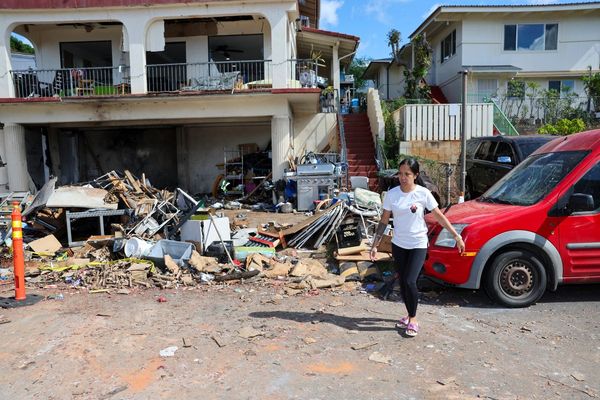The pandemic-inspired shift towards working from home has had a profound effect on the office real estate market.
New York City has more than 451 million square feet of office space, accounting for nearly 11% of the total office inventory in the U.S., according to LiquidSpace.
So naturally NYC Mayor Eric Adams has been adamant that workers should return to the office. But nearly 80% of city employers anticipated a hybrid work model going forward, according to a May survey from Partnership for New York City.
“Number one, we need people back to work. The financial ecosystem is crucial,” Adams said. “I need the accountant in the office, so that they can go to the local restaurant, so that we can make sure that everyone is employed.”
But it already may be too late.
Recent research from NYU Stern Professor Arpit Gupta suggests that there was a 32% decline in the value of offices in the NYC market in 2020. That decline will still be 28% by the end of the decade.
By extrapolating those findings, Gupta's team estimates that as hybrid work options continue to be in vogue and lease revenue continues to decrease, office values could fall by nearly $500 billion over the next decade.
The decline in office and retail property taxes will devastate city budgets across the country, according to the research. "For example, the share of real estate taxes in NYC’s budget was 53% in 2020, 24% of which comes from office and retail property taxes," the report said.
But city governments aren't the only ones dealing with the fallout of the work-from-home movement. The companies who lease and own that real estate are also figuring out what to do.
Apple Workers Push Back
Apple Park in Cupertino, California is an amazing campus, a technological marvel befitting the world's largest tech company.
Steve Jobs first envisioned the headquarters for Apple (AAPL) back in 2006 when he acquired nine contiguous properties in Cupertino. Jobs and former chief designer Jony Ive then teamed up with architect Norman Foster to plan a one-of-a-kind, circular HQ that sits on 360 acres of land.
Countless manhours and $5 billion later, the building opened while it was still under construction in 2017, and today it can hold more than 12,000 employees.
Last week, Apple announced that its corporate employees will be required to work in the office at least three times a week starting September 5. SFGate called Apple's policy "among the more stringent" in Big Tech.
But now at least some of those employees are balking at coming back to the campus after two-and-a-half years of a work-from-home/hybrid model.
A group of workers in the company named Apple Together launched an online petition demanding that the company make its return-to-work policy "more flexible."
"For the past 2+ years, Apple’s formerly office-based employees have performed exceptional work, flexibly, both outside and inside traditional office environments," Apple Together said in a statement. "This uniform mandate from senior leadership does not consider the unique demands of each job role nor the diversity of individuals."
The Real Estate Apocalypse
Gupta and team's research paper is titled "Work From Home and the Office Real Estate Apocalypse" for a reason and the paper makes the case that the term "apocalypse" isn't hyperbolic in this case.
By 2029, NYC, which remember accounts for 11% of the country's office, will see the value of its office real estate fall by $49 billion.
“Remote work changes the risk premium on office real estate," the research stated. "Office returns, in other words, are now pricing in the risk that remote work might be an important risk for offices.”
Physical office occupancy in the major U.S. office markets fell from 95% at the end of February 2020 to 10% and the end of March 2020. By May 2022, office occupancy rose to only 50%.







